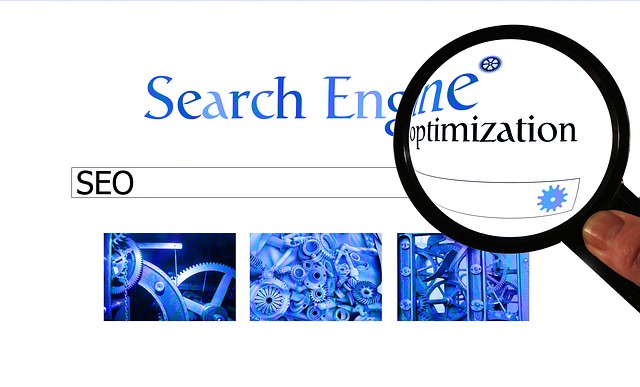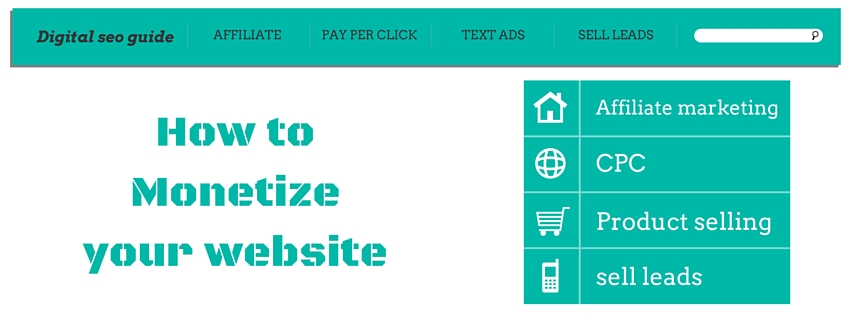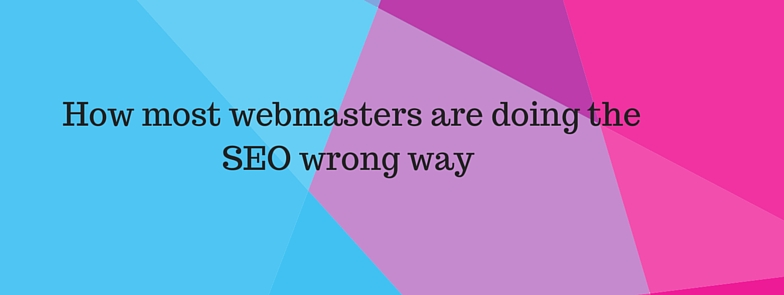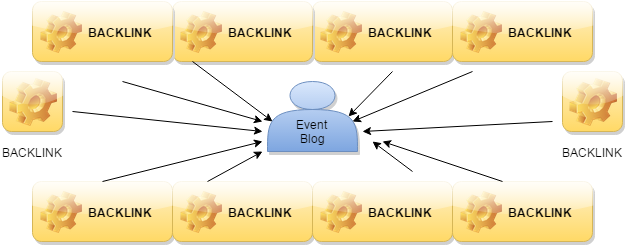Do you want to optimize your site for SEO? It will get you more readers, views and possibly leads. Here are some tips to do so.
Top 5 Search Engine Optimization Tips 2018
1. Choose Your URL Carefully
The website URL, commonly known as the domain name, is the unique address that audiences can use to find your site. This is the very first things visitors see when they log on to your website. Search engines such as Google also look at the website URL to understand what it is about, which many believe is used as a ranking factor. You should, therefore, choose your website URL carefully before having it go live. The domain name needs to be clean and easy to understand with no hashbangs, page ID, or special characters. You may also like What is URL Canonicalization?
According to experts from Dallas SEO company Pixel Cut Labs, the ideal URL should contain a keyword or two (relevant to the business) and include the business name as well. Using your business name as the domain name would be much better than choosing a fancy name which is probably unrelated to what you have to offer. A good example of the ideal domain name is www.yournameconstruction.com if you are in the construction niche.
Also, Read How to get free .com Domain Name?
2. Create Page Titles and Descriptions
Each page on your website should have a unique title and description of what it is about. The titles and descriptions created need to be accurate but brief outlining what the page is about, or what the business does. It should have at least one keyword or related phrases to make it more effective. Also, read Dofollow blog commenting sites.
You might have noticed pop-ups that appear whenever your mouse hovers over a page title in a search result. These descriptions are mostly visible to search engines, hence used to determine what the site is about and its rank. In addition to helping search engines understand your business and site better, these titles and descriptions show up in a search results page, a factor that helps audiences decide on whether to click the link or not.
3. Use Anchor Text
Anchor text is the text that audiences can click on to find a web page on your site. It would, therefore, be advisable to choose where and how you place the anchor text. This is the only way to target audiences and visitors can find their way to your website and especially when reading an article or blog elsewhere on the internet. In other words, anchor text should be used to help organic visitors find and navigate your website/pages effectively. Like the URL, anchor text should include phrases and select keywords to help it sell even better.
Also, read Off Page SEO Checklist and On Page SEO Checklist.
4. Use Alt Text in All Images
While images are recommended in web pages, search engines are yet to figure out what the image looks like, or its purpose on the site. The only way a search engine will understand the worth of the image is if there is alt text on it. Search engines can only read through the text, which is why you need to make them know what images you have, using a concise written description about each image on the site. Alt texts should, however, be short, precise, and to the point. Consider adding a few keywords or the business name on the alt text of each image for the best results.
Only add description text or alt text to images that matter on the website. Feel free to leave images that are design-related or functional without alt texts. Leaving the Alt text blank won’t have any effect on the site’s performance and google rankings. Shapes and other design elements can be left out without alt texts as well.
5. Ensure the Site Has A Structure: Use the Right Headers in The Same
Create a title and a subtitle for each page on your site. Search engines will crawl your website and try to understand everything in each page. Giving your site a structure makes it easy for these crawlers to index content on each of these pages, making them easy to retrieve when a search is entered. Explaining pages in a hierarchy and ensuring there’s flow is what matters in a website. Just be sure to define each page using H1, H2, etc. descriptors. There, however, shouldn’t be more than one page with an H1 descriptor. Do not forget to use keywords and clear text when creating the hierarchy structure. Doing this makes it much easier for search engines to digest content on your site, and probably award you a higher rank in the process.








